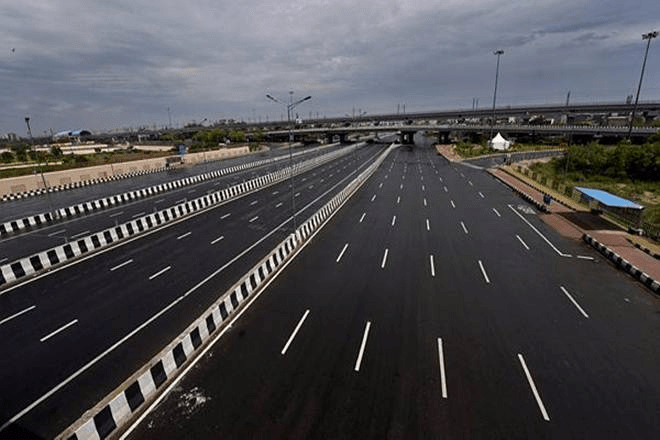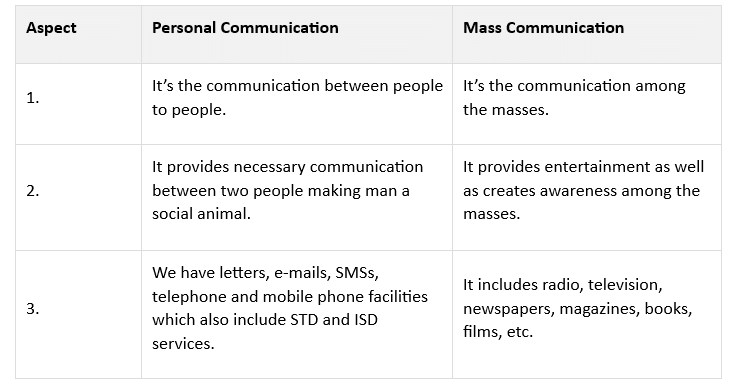Class 10 Geography Chapter 7 Question Answers - Life Lines of National Economy
Q1: Mention four demerits of road transportation concerning India.
OR
‘Indian road transportation is confronted with problems.’ Describe any four.
Ans: Road transportation in India faces several challenges despite its advantages.
- High Traffic Volume: India's large population leads to heavy traffic, but the road network is inadequate to handle this demand.
- Poor Road Conditions: Many roads are kuccha (unmetalled), limiting their use during the rainy season due to potholes and muddy pools, which can cause accidents.
- Insufficient Highways: There is a need for more national highways to connect various regions of the country effectively.
- Traffic Congestion: Urban roads are often congested, leading to frequent traffic jams. Additionally, many bridges and culverts are old and narrow, worsening the situation.
- Inadequate Police Presence: There is insufficient police patrolling on highways, which raises safety concerns for goods and passengers.
 National Highway
National Highway
Q2: What is mass communication? What are the different means of mass communication? What is the significance of mass communication in a country like India?
Ans: Mass communication provides both entertainment and information to a large audience simultaneously. It encompasses various channels that reach the masses.
- Press or print media: Newspapers, periodicals, magazines, and books.
- Electronic media: Radio, television, films, and computers.
Mass communication covers a wide range of topics, including Entertainment, Education, News, Sports and Business.
In a vast country like India, with its large population and diverse cultures, mass communication plays a crucial role in:
- Disseminating information about national programmes and policies.
- Raising awareness of social and economic issues.
- Helping to form public opinion.
- Educating the populace.
Q3: Discuss the importance of tourism in India.
Ans: Tourism plays a vital role in India's economy and cultural development. Its significance includes:
- National Integration: Tourism fosters unity among diverse regions.
- Cultural Awareness: It highlights India's rich heritage and natural beauty.
- Economic Growth: The industry attracts over 2.6 million foreign tourists annually, contributing significantly to foreign exchange.
- Employment Generation: More than 15 million people work directly in tourism, with many more in related sectors.
India ranks fourth among the world's top holiday destinations, with tourists drawn to Heritage tourism, Cultural tourism, Ecotourism, Adventure tourism, Medical tourism, and Business tourism.
In recent years, tourism has seen substantial growth, with a 23.5% increase in foreign tourist arrivals from 2003 to 2004, generating ₹21,828 crores in foreign exchange. With ongoing efforts to promote various types of tourism, the future looks promising for this sector in India.
Q4: Write a short note on (a) Personal written communication and (b) the Telecom network of India.
Ans:
(a) Personal written communication in India is primarily managed by the Indian postal network. Key points include:
- First-class mail consists of cards and envelopes, which are airlifted for faster delivery.
- To enhance mail delivery in urban areas, six channels have been established:
- Rajdhani Channel, Metro Channel, Green Channel, Business Channel, Bulk Mail Channel, Periodical Channel.
- Second-class mail includes book packets, registered newspapers, and periodicals, transported by surface methods.
(b) Telecom network of India is one of the largest in Asia, with approximately 37,565 telephone exchanges nationwide. Key features include:
- There is a uniform rate for STD services across the country.
- The government aims to provide 24-hour STD access to all villages.
- This expansion is supported by advancements in Space Technology and Communication Technology.
- Private companies have entered the telecom sector, improving service quality for customers.
- Over two-thirds of villages have access to Subscriber Trunk Dialling (STD) facilities.
Q5:Difference between Personal and Mass Communication
Ans:
|
66 videos|614 docs|79 tests
|
FAQs on Class 10 Geography Chapter 7 Question Answers - Life Lines of National Economy
| 1. What are the lifelines of the national economy? |  |
| 2. How does the transportation system contribute to the national economy? |  |
| 3. What is the importance of the communication system in the national economy? |  |
| 4. How does the banking system contribute to the national economy? |  |
| 5. Why is the irrigation system considered a lifeline of the national economy? |  |























